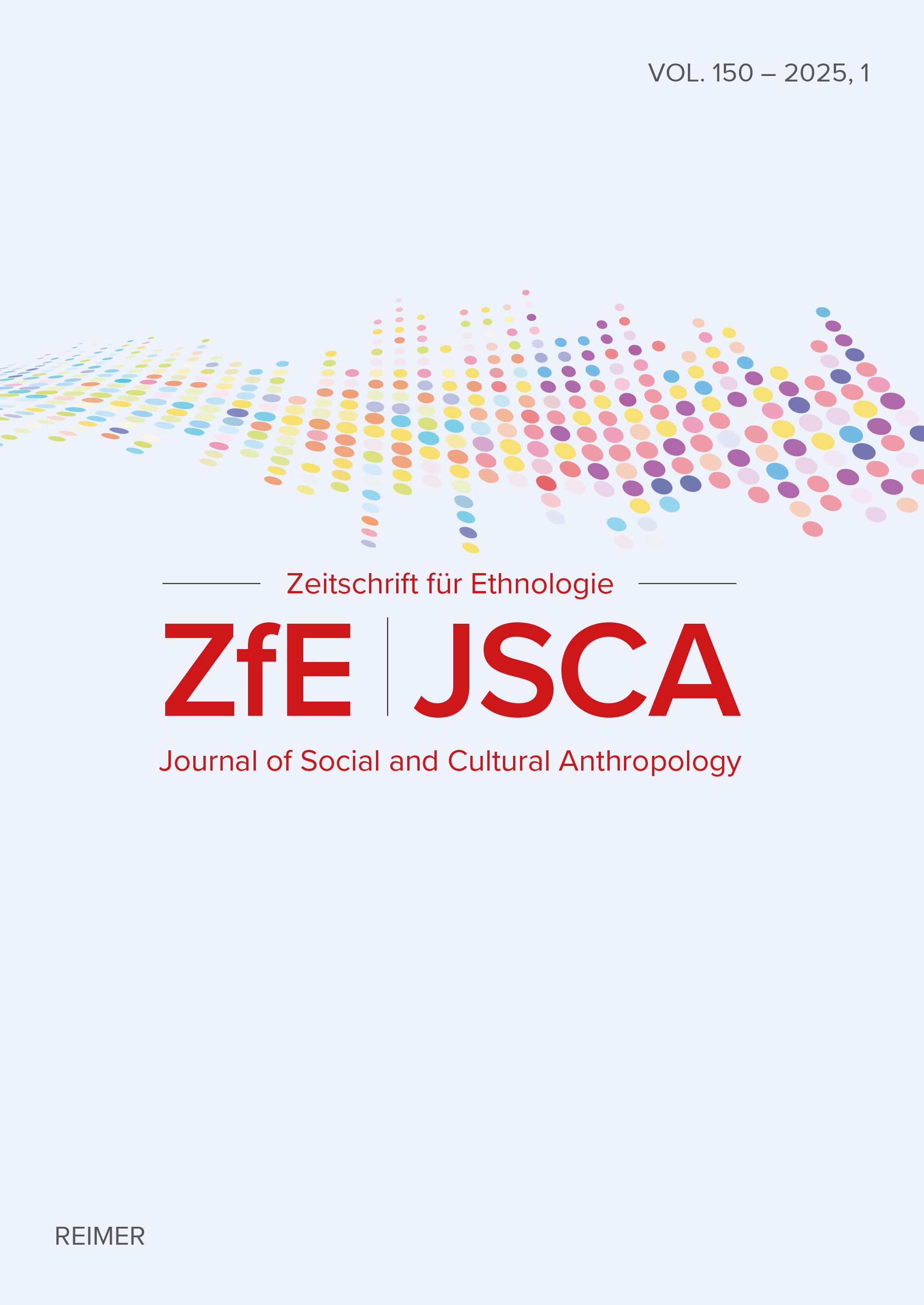Sāmoa at Large: The Sacred Circle and Travelling Fale and Measina Introduction to the Special Section
Hauptsächlicher Artikelinhalt
Abstract
In the essay ‘Our sea of islands’, Epeli Hau‘ofa (1994:151–3) influentially argued for ‘what may be called “world enlargement” carried out by tens of thousands of ordinary Pacific Islanders right across the ocean.’ Hau‘ofa further stressed that ‘there is a world of difference between viewing the Pacific as “islands in a far sea” and as “a sea of islands”’.’ ‘The second,’ he concluded, ‘is a more holistic perspective in which things are seen in the totality of their relationships.’ This special section takes up ‘things’ in their material sense. Their travels have amounted to hundreds of thousands of journeys over centuries beyond Oceania and on a global scale. Fale (Sāmoan houses) have been (re)erected in a range of exhibition formats, from the colonial Völkerschauen (human zoos or ethnic shows) (Balme 2008, Thode-Arora 2014) to contemporary art biennials, as well as on university campuses and in tourism resorts. Similarly, measina (Sāmoan material treasures) can be found in museum collections from anthropology via art to natural history, as well as in commercial centres and political institutions. This mobile artifactuality has carried its own cosmological foundations with it, such as the underpinning sacred circle, genealogical inscriptions and cultural meanings, thus embodying a kind of reality that allows for the (re)activation of experiences of Sāmoanness, at home and/or abroad, for example, through architectural interventions, curatorial practices and virtual exhibiting.
Artikel-Details

Dieses Werk steht unter der Lizenz Creative Commons Namensnennung - Nicht-kommerziell - Keine Bearbeitungen 4.0 International.

